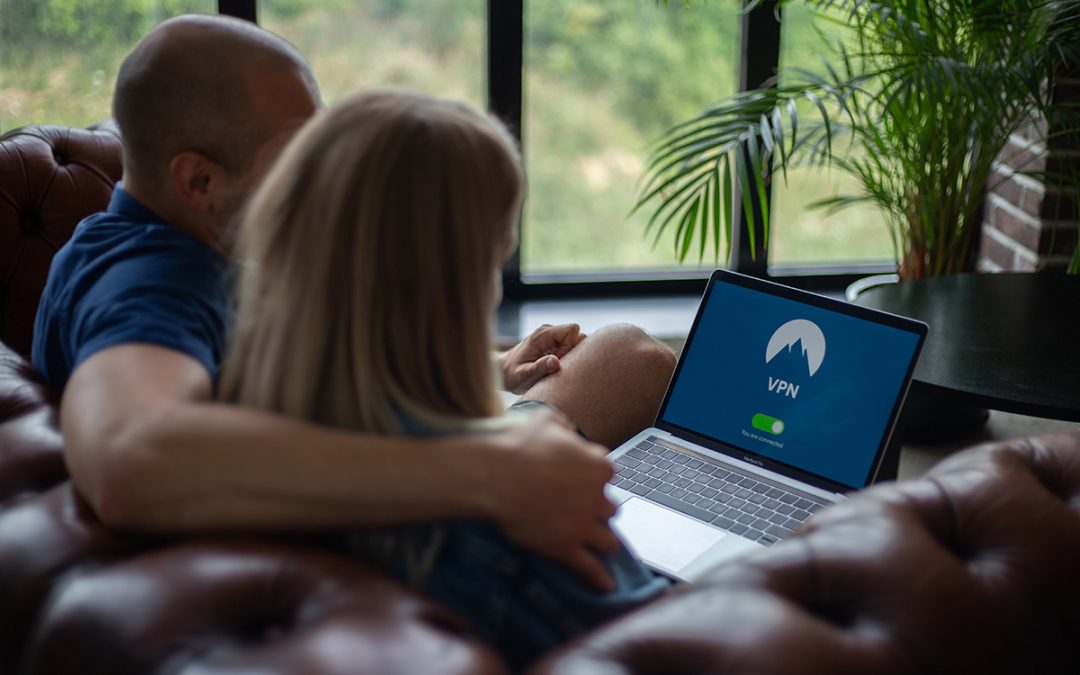Over the last months, we’ve all had to change and adapt to the conditions of a global health crisis. In many ways, it’s been incredibly challenging, but it’s also created new opportunities for positive developments for teletherapy.
For mental health professionals like myself, ensuring a continuum of quality care for those who need our support¬ has been the priority as we’ve made adjustments to how we do things.
Early research suggests that this pandemic is having a major impact on mental health. According to a recent emergency survey of one million American households conducted by the U.S. Census Bureau, fully one-third of Americans are showing signs of clinical anxiety or depression. Certainly, financial uncertainty, job loss, fear of getting sick, isolation from usual support systems are all triggers for mental health issues.
So, access to care – now more than ever – is critical. Fortunately, technology and the internet are making it possible for us to treat clients at a time when most people are staying at home. Since February, mental health professionals all over the world have made the shift to teletherapy. Video conferencing is allowing us to make valuable therapeutic connections with our clients and maintain best practices just as we would in an in-person appointment, while also keeping people safe.
I’ve embraced teletherapy for several years as one more treatment tool at my disposal. People love to have options, and even before COVID, teletherapy allowed me to reach out to clients who might not come in for an office appointment. But making the switch for the majority of my clients has brought to light just how beneficial having this option is.
Teletherapy Benefits
- It adds another tool to my therapeutic toolbox for meeting differing needs – Every individual I work with is different. They communicate differently. They are comfortable in different settings. Some of the adolescents and teens I treat, for example, are so accustomed to communicating through technology that they are more at ease opening up via teleconference than in person. Teletherapy allows me to meet them where they are at.
- It breaks down barriers to access – The barriers of distance, being homebound or immobile are largely removed when moving into the telehealth space. Someone from rural Colorado who may not have a specialist in their town can now meet with a therapist who has a specialty in the exact area they need. It increases both access and choice for people who would otherwise have limited options.
- It allows for flexibility and convenience – People can get the help they need, where they are, when it is best for them. Busy schedules should not prevent people from receiving treatment.
- It supports consistency – Even if they prefer an in-person meeting, there are times when a client just can’t make it to the office because of a conflict or illness. With teletherapy, there is no need to disrupt progress we are making in our regular sessions.
Even with the benefits of teletherapy, for many of my clients, there is nothing more therapeutic than setting aside that time to meet face-to-face in my office. As public health restrictions eased in Colorado recently, I was pleased to be able to start offering in-person counseling again (following all COVID cleaning and distancing protocols). But having another option for quality care, especially during difficult times, is invaluable.

